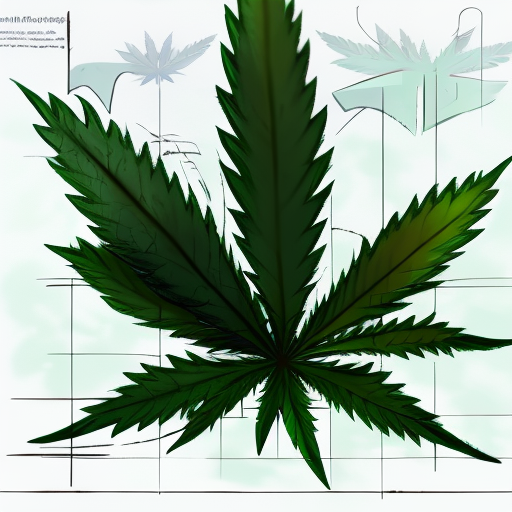
Yo, what’s good, it’s ya boy Dan and we’re talking dry hopping today. Dry hopping is a dope way to add flavour and aroma to your beer without adding bitterness, and I’m gonna break it down for y’all.
So what is dry hopping? It’s all about adding that extra layer of complexity to your brew. You add hops at a later stage in the fermentation process to give your beer more depth and flavour. It’s perfect for beers like IPAs or pale ales that need that extra kick of character.
There are a few different ways to dry hop, but they all do the job. Some methods affect the whole batch, while others let you experiment a bit more. Depending on when you add the hops, you can increase bitterness or amplify flavour. And don’t worry about contamination – hops are antimicrobial and help prevent infection.
When you boil hops, the aromatic compounds are released and escape in water vapour, which results in bitterness being added to the brew. But with dry hopping, those compounds are slowly dissolved and suspended in the beer, adding complementary flavours. Plus, dry hopping imparts powerful fresh aromas that will take your home-brewed beer to the next level.
So how do you dry hop? It’s easy peasy – just transfer your primary ferment into a secondary ferment vessel and add dry hops. Then let them soak for at least 72 hours. Some brewers prefer to dry hop during primary fermentation once it’s slowed down, while others wait until after fermentation is complete. There’s no right or wrong way – it all depends on what works for you.
The type of hop you use is also important. You can experiment with different species to find what works best for your brew, but to start off, try using the same species as the aromatic hops used in your recipe. And remember – dry hopping can alter flavours significantly depending on how many hops you use and how long you soak them for.
If you’re adding loose hops, you’ll need to strain them out before serving. One option is to affix a sterile screen to the bottom of your racking cane before syphoning the beer from the secondary fermenter. You can also use a purpose-made hop bag, homemade muslin pouch or stainless steel tea ball. Just make sure to keep that vegetable matter out of your brew!
Keg hopping is another way to add aroma and flavour to your beer. Simply add hops to the neck of the keg and let them steep as beer is drawn from the tap. And if you’re feeling adventurous, you can try making your own Randall – an inline gadget that allows beer to pass through a hop selection as it’s being pulled.
Dry hopping during primary fermentation is also an option that some brewers swear by. They argue that this method enhances aromas and adds depth to flavour. To do this, make your beer as usual and then add the dry hops when primary fermentation has slowed down.
In conclusion, dry hopping is a great way to personalise your home-brewed beer and take it up a notch in terms of flavour and aroma. So go ahead and try out some different methods – there’s no right or wrong way! Just remember to trust your senses and intuition as you gain experience brewing your own beer. Peace out!



Yo this Dry Hoppin thing got me curious, I be wonderin what flavors it bringin to the game. Ain’t nothin wrong with tryin somethin new, ya feel me?
Yo man, Dry Hoppin be hittin diff, it bring out them flavors for real. Ain’t nothin like that extra hop kick, ya feel me?
Yo, I feel ya on that dry hoppin vibe. It ain’t just about the flavor, it’s how it hit ya different, ya know? Gotta respect the craft and the hustle that go into brewin that dope beer. Keep bringin that knowledge, fam!